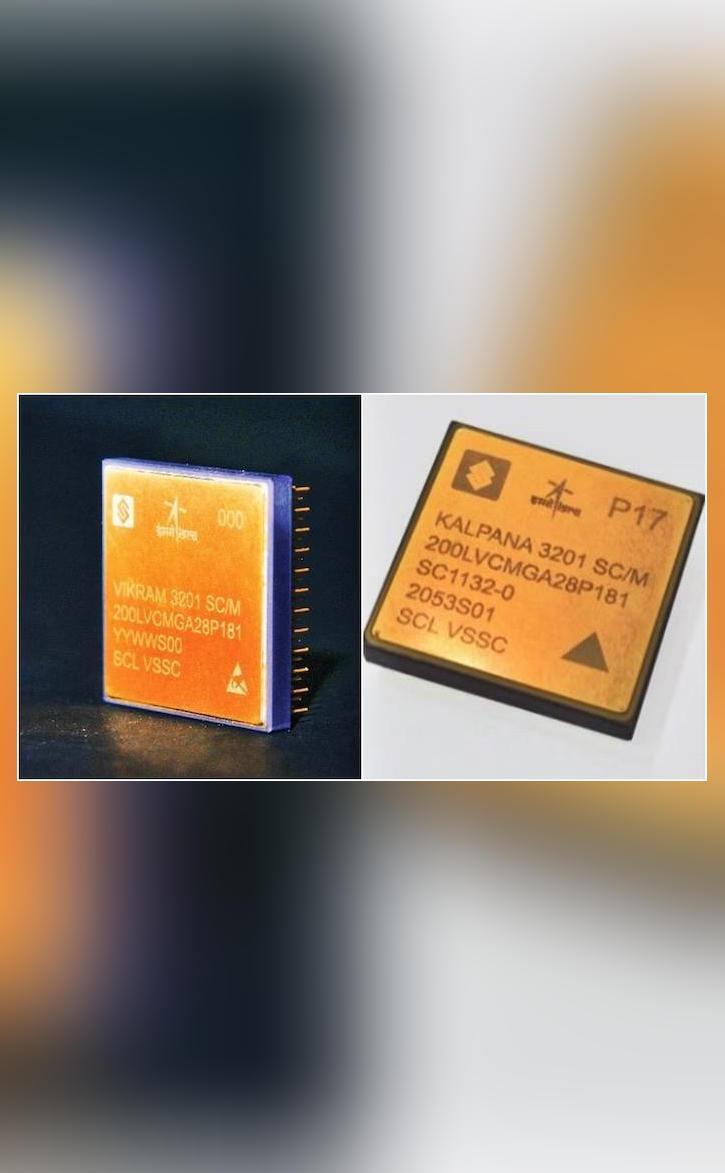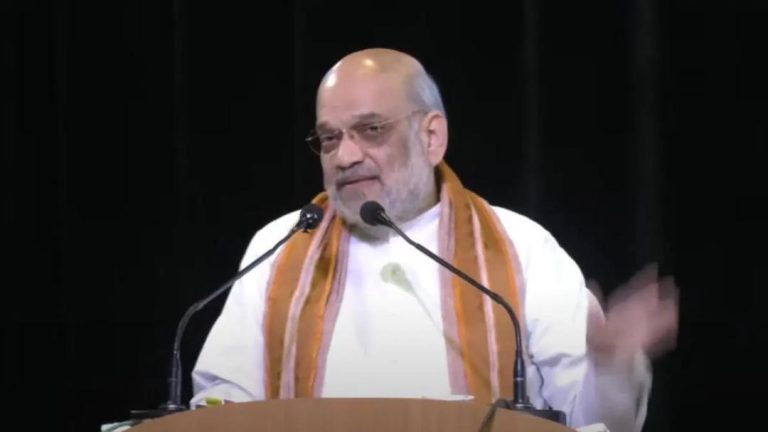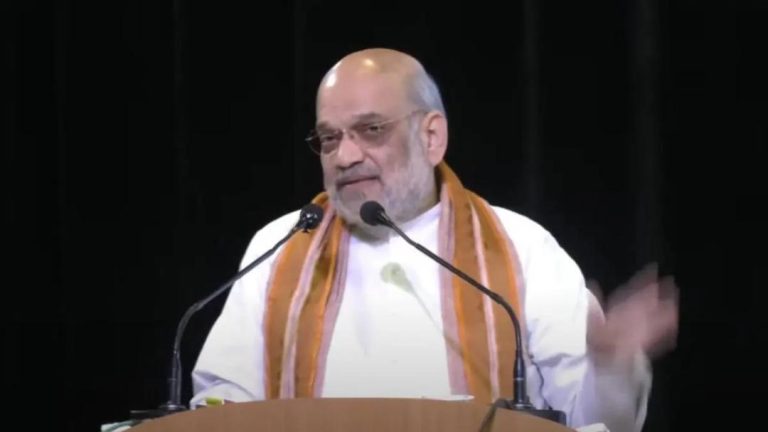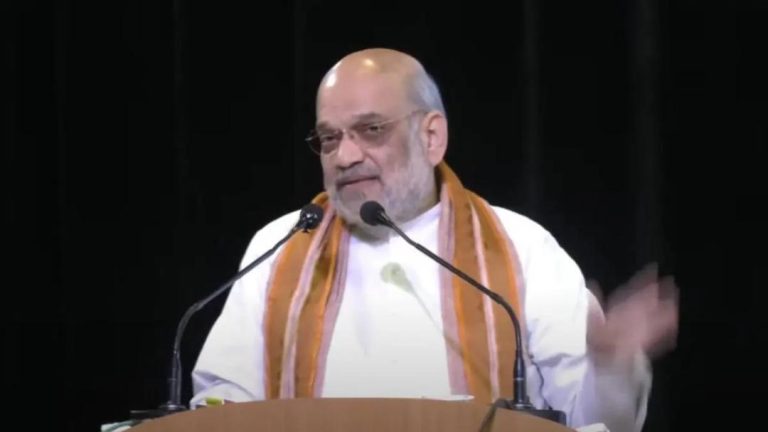
ISRO & SCL Develop 32-bit Microprocessors for Space Applications
The Indian Space Research Organisation (ISRO) and the Semiconductor Laboratory (SCL) in Chandigarh have made a significant breakthrough in the field of space technology by developing two 32-bit microprocessors, VIKRAM3201 and KALPANA3201. These microprocessors have been designed and developed specifically for space applications, marking a major milestone in India’s journey towards self-reliance in space technology.
VIKRAM3201, the first fully “Make-in-India” 32-bit microprocessor, has been qualified for use in the harsh environmental conditions of launch vehicles. This achievement is a testament to the capabilities of Indian scientists and engineers, who have worked tirelessly to develop a microprocessor that can withstand the extreme conditions encountered during space travel.
The development of these microprocessors is a significant step forward in the exploitation of space technology for various applications, including launch vehicles, satellites, and spacecraft. The microprocessors are designed to operate in a radiation-hardened environment, making them suitable for use in mission-critical systems.
Background
The Indian Space Research Organisation (ISRO) has been at the forefront of space exploration and innovation in India. Since its inception in 1969, ISRO has achieved numerous milestones, including the successful launch of several satellites and spacecraft, such as the Polar Satellite Launch Vehicle (PSLV) and the Geosynchronous Satellite Launch Vehicle (GSLV). ISRO’s mission is to explore space and utilize it for the benefit of humanity, and the development of these microprocessors is a significant step towards achieving this goal.
The Semiconductor Laboratory (SCL) in Chandigarh is a premier research and development centre that has been involved in various projects related to space technology. SCL has been working closely with ISRO to develop advanced technologies and systems for space applications. The collaboration between ISRO and SCL has led to the development of several innovative solutions, including the VIKRAM3201 and KALPANA3201 microprocessors.
Features and Capabilities
The VIKRAM3201 and KALPANA3201 microprocessors are designed to operate in a radiation-hardened environment, making them suitable for use in mission-critical systems. These microprocessors have several features that make them ideal for space applications, including:
- 32-bit architecture: The microprocessors have a 32-bit architecture, which provides them with the ability to process complex instructions and perform calculations with high precision.
- Radiation-hardened: The microprocessors are designed to operate in a radiation-hardened environment, making them suitable for use in space applications where radiation is a major concern.
- High-speed: The microprocessors have high-speed processing capabilities, allowing them to perform calculations quickly and efficiently.
- Low power consumption: The microprocessors are designed to consume low power, making them suitable for use in space applications where power consumption is a major concern.
Applications
The VIKRAM3201 and KALPANA3201 microprocessors have several applications in space technology, including:
- Launch vehicles: The microprocessors can be used in launch vehicles to control and monitor the vehicle’s systems.
- Satellites: The microprocessors can be used in satellites to control and monitor the satellite’s systems, including communication, navigation, and scientific experiments.
- Spacecraft: The microprocessors can be used in spacecraft to control and monitor the spacecraft’s systems, including propulsion, power, and communication.
Benefits
The development of these microprocessors has several benefits, including:
- Increased self-reliance: The development of these microprocessors is a significant step towards India’s self-reliance in space technology, reducing its dependence on foreign suppliers.
- Cost-effective: The use of indigenous microprocessors can reduce the cost of space missions, making them more cost-effective.
- Improved performance: The microprocessors are designed to operate in a radiation-hardened environment, making them suitable for use in mission-critical systems.
- Enhanced capabilities: The microprocessors have high-speed processing capabilities, allowing them to perform calculations quickly and efficiently.
Conclusion
The development of the VIKRAM3201 and KALPANA3201 microprocessors is a significant achievement for ISRO and SCL, marking a major milestone in India’s journey towards self-reliance in space technology. These microprocessors have several features and capabilities that make them ideal for use in space applications, including launch vehicles, satellites, and spacecraft. The benefits of these microprocessors are numerous, including increased self-reliance, cost-effectiveness, improved performance, and enhanced capabilities.
Source:






